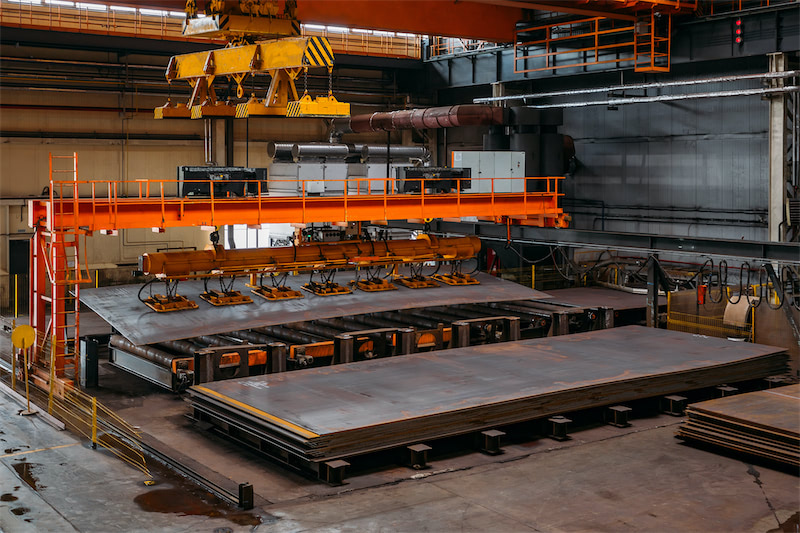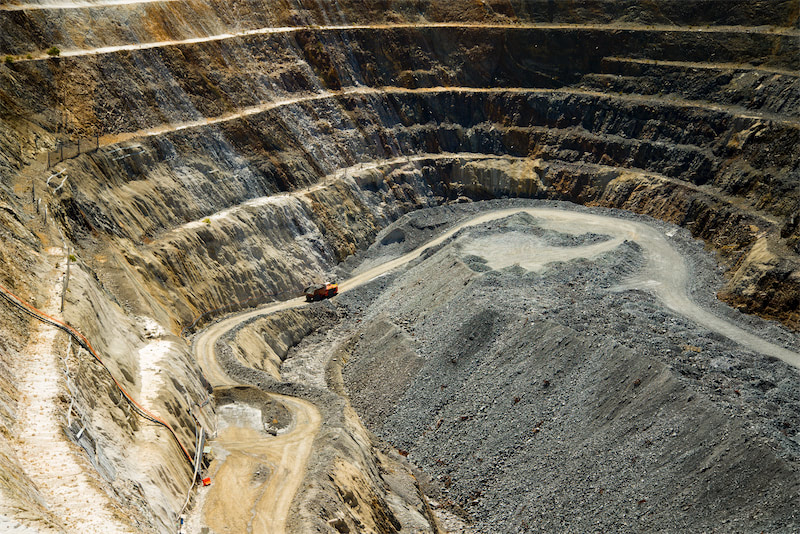






In April, China remains in the traditional off-season for lead-acid battery consumption. Meanwhile, the scrap volume of lead-acid batteries is low, leading to a tight supply of raw materials in the market. According to a smelting company in the main production area of Secondary lead, the purchase price has been raised twice this week, yet the arrival volume is only two trucks. The SMM Weekly Raw Material Inventory Tension Index shows that the weekly raw material inventory days for Secondary lead smelting companies are about two days below the dynamic average.

However, there has been no widespread willingness among Secondary Lead smelting companies to reduce production proactively. Only a few smelters in Jiangxi, Anhui, Zhejiang, and Hebei provinces saw a slight decline in output two weeks ago. Some companies indicated that reducing production would lead to increased production costs, while a complete shutdown would directly result in labor cost losses.
Additionally, the prices of metals such as antimony and tin have remained strong recently. Secondary Lead smelters with multi-metal comprehensive recycling projects stated that the current by-product revenue can barely offset the pressure of losses from lead smelting. If the lead price continues to decline and the price of scrap batteries continues to rise, leading to an expansion of losses that cannot be offset by by-product revenue, they would consider reducing production or shutting down for maintenance.

The Labor Day holiday is approaching,downstream battery manufacturing companies are expected to stock up before the holiday. However, the market is relatively pessimistic about the extent of their stockpiling. In previous years, lead-acid battery manufacturers usually took a 2-3-day break during the Qingming Festival holiday. This year, however, most companies took a 5-7-day break, and some companies that took a holiday have not yet resumed normal production. SMM has learned that many downstream lead battery manufacturing companies are expected to reduce production during this Labor Day holiday. In particular, a smelter in South China said that some of its downstream customers would take at least a 7-day break. If a large number of downstream companies take holidays, it is inevitable that this will affect the production enthusiasm of smelting companies.
In summary, although there is no widespread proactive reduction in production among Secondary Lead smelters at present, the combination of tight raw material supply, loss pressure, and the potential inventory buildup pressure after downstream companies take holidays may force Secondary Lead smelting companies to reduce output passively. Given the expected decline in both supply and demand for lead ingots, domestic lead prices are likely to remain under pressure in the short term and are unlikely to see a significant rebound driven by fundamental factors.
For queries, please contact Lemon Zhao at lemonzhao@smm.cn
For more information on how to access our research reports, please email service.en@smm.cn


